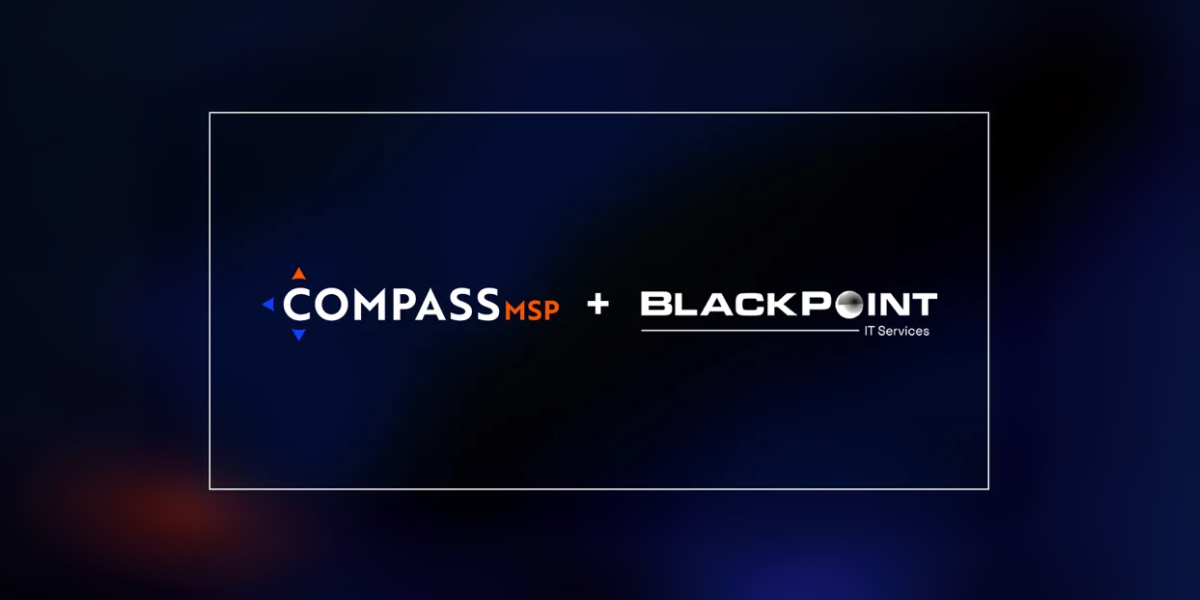Well-managed IT services are essential in any industry. As technology advances, it offers many new opportunities to businesses and organizations. At the same time, however, these advances can make IT more difficult to manage in-house.
An outsourced IT help desk can be the solution that improves all your business operations. However, there are two main types of outsourced IT: managed and co-managed. Both have their own pros and cons, so it is important to understand these differences in order to choose the right service for your organization.
What is the difference between managed and co-managed IT?
IT is a major expense for companies and organizations. According to the Wall Street Journal, global spending on IT is expected to reach $3.9 trillion by the end of this year, an increase of 3.4% from 2019. Many organizations find that it is most cost-effective to outsource their IT services. This outsourcing can either take the form of managed or co-managed IT services.
The hosting, cloud and managed services sector are expected to grow by 13.3% by 2023.
Managed IT means that the service provider looks after all aspects of your organization’s IT. This means that the IT helpdesk and other services are handled completely by the service provider’s own team, so your organization’s staff won’t need any training or additional responsibility. This is often a preferred option in less technical industries that cannot draw upon high-level IT knowledge in-house, or organizations without the resources required to handle security concerns.
Co-managed IT, on the other hand, works with your organization’s in-house IT staff to provide missing expertise or cover support after-hours. Under the co-managed approach, the service provider may handle complex projects that require specialist expertise, or they may simply take on work overflow that the in-house IT team doesn’t have time to do, freeing them up to work on strategic projects. A co-managed outsourced IT functions as a co-pilot and can also be helpful to cover vacation time or sick days.

Pros and cons of managed IT
Pros
One of the key advantages of managed IT services is that they essentially take on the role of your organization’s IT department. This means you don’t need to worry about having an in-house IT team, training staff, or keeping up to date with the latest developments. This will all be taken care of by your service provider.
Having a dedicated, expert company managing all of your IT also means minimized downtime, better responsiveness to any issues, and improved productivity for your organization. Managed services often provide 24/7 network monitoring, something many businesses would struggle to do themselves.
This is particularly helpful when it comes to managing cybersecurity concerns. The issue of cybersecurity is growing increasingly severe, with new threats emerging all the time.
Did you know the average cost of a data breach is $3.92 million?
An external, expert IT team that is up to date with the latest cybersecurity tools and technologies is your best defense against cyber-attacks and data breaches, saving you the headaches and the costs.
For many organizations, eliminating the need for an in-house IT department can lead to significant financial savings, and increased operational efficiencies. Working with a service provider that offers a flat-fee structure also means you can control costs while accessing higher levels of IT support. This means that organizational resources can be dedicated to other projects, and focused on growing your business.
Cons
Although many organizations will benefit from being able to completely eliminate their in-house IT department, others may want internal control over their IT strategy. If you eliminate your IT department, you will have no internal expertise in this area to advise on critical decisions relating to IT and cybersecurity. This could also make it more difficult to implement strategic IT projects more efficiently or more effectively.

Pros and cons of co-managed IT
Pros
For some organizations, entirely outsourcing their IT operations will be a great advantage. For others who want to maintain control over their IT systems and infrastructure, co-managed IT is more advantageous as it allows them to do just that. Co-managed IT services support organizations in their IT strategy, providing extra resources for over-stretched IT departments.
One approach that many organizations find beneficial is to outsource level 1 and level 2 support. This frees up in-house IT staff to focus on other tasks, such as strategic projects. This allows your IT department to develop strategic initiatives that could greatly benefit the organization.
A co-managed IT approach also means your organization has better visibility of network performance, and can more easily track KPIs. You will also have access to additional expertise that you may not have in-house. As with managed IT, this can be particularly useful in areas such as cybersecurity, compliance, and VoIP. Furthermore, this arrangement can help to build the skills and expertise of your in-house team.
Co-managed IT approaches are also highly flexible. New operations can be added as the needs of the organization change. Certain tasks can be outsourced on an as-needed basis, for example, to cover sick leave or vacation time. Similarly, it may not be practicable or financially viable for your organization to run 24-hour support, but a co-managed IT solution can provide that for you.
Cons
Co-managed IT support services are designed to work with your existing in-house IT department, meaning you will have to maintain an internal IT team. This is not operationally nor efficient or viable.
Budgeting can also be challenging with some types of co-managed IT services. Depending on the fee structure, these services may be subject to fluctuating costs depending on the services you require each month. This can make budget planning difficult.
It should also be noted that while some co-managed IT services can be brought online very quickly, in other cases setting up an effective co-managed IT solution that meets the organization’s needs can involve a lengthy onboarding process.
Find what works for you
Whether managed or co-managed, outsourced IT support can be highly beneficial to all businesses and organizations. These services make IT systems and processes more effective, allowing your operations to run more efficiently and securely, and often reducing costs at the same time.
Contact CompassMSP today to learn more about how our IT support services can benefit your organization.






